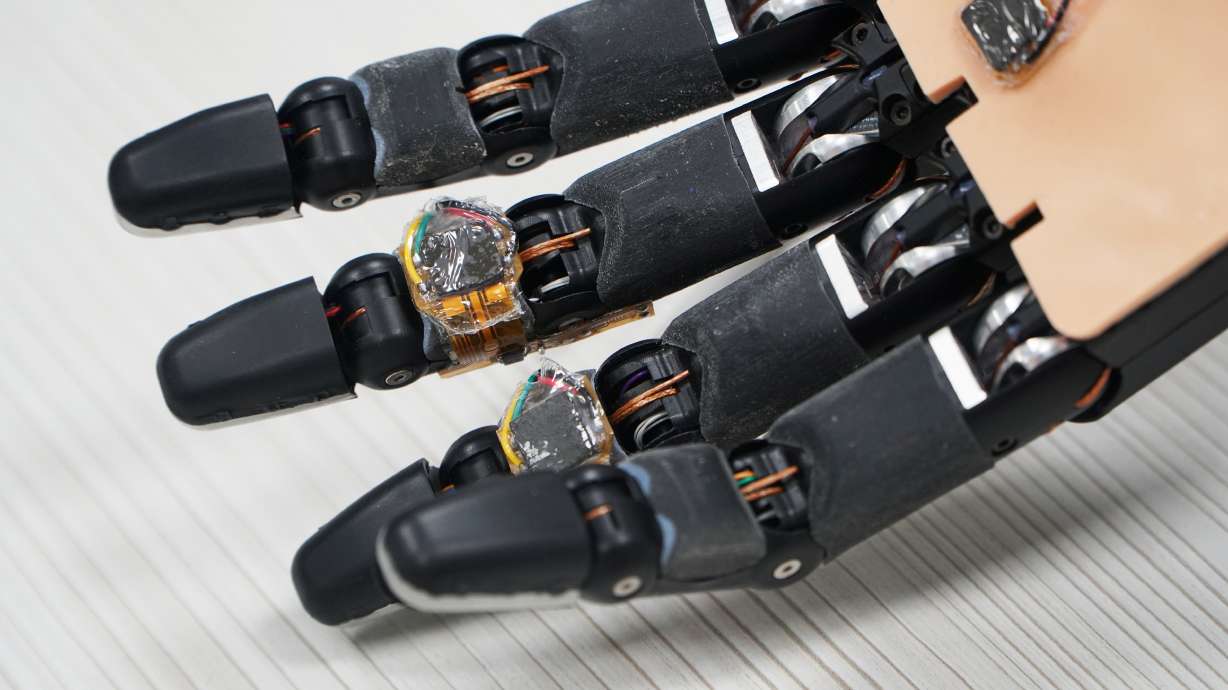Estimated read time: 1-2 minutes
This archived news story is available only for your personal, non-commercial use. Information in the story may be outdated or superseded by additional information. Reading or replaying the story in its archived form does not constitute a republication of the story.
SINGAPORE (Reuters) – Singapore researchers have developed a smart foam material that allows robots to sense nearby objects, and repairs itself when damaged, just like human skin.
Artificially innervated foam, or AiFoam, is a highly elastic polymer created by mixing fluoropolymer with a compound that lowers surface tension.
This allows the spongy material to fuse easily into one piece when cut, according to researchers at the National University of Singapore.
"There are many applications for such a material, especially in robotics and prosthetic devices, where robots need to be a lot more intelligent when working around humans," explained lead researcher Benjamin Tee.
To replicate the human sense of touch, the researchers infused the material with microscopic metal particles and added tiny electrodes underneath the surface of the foam.
This feature enables the robotic hand to detect not only the amount but also the direction of applied force, potentially making robots more intelligent and interactive.
Tee said AiFoam is the first of its kind to combine both self-healing properties and proximity and pressure sensing. After spending over two years developing it, he and his team hope the material can be put to practical use within five years.
"It can also allow prosthetic users to have more intuitive use of their robotic arms when grabbing objects," he said.
—
Reporting by Lee Ying Shan and Travis Teo; Writing by Xu Xiao; Editing by Karishma Singh and Stephen Coates









